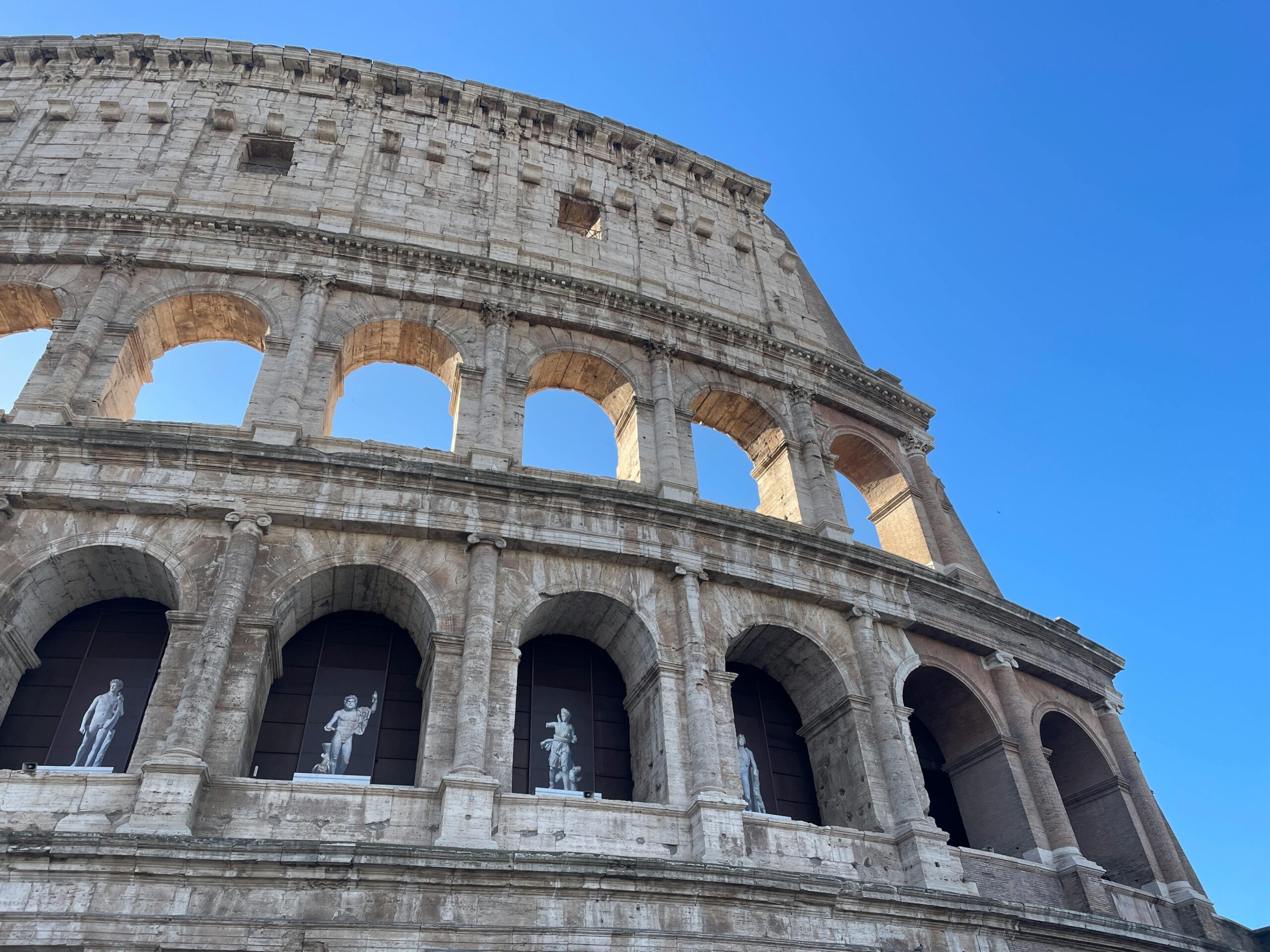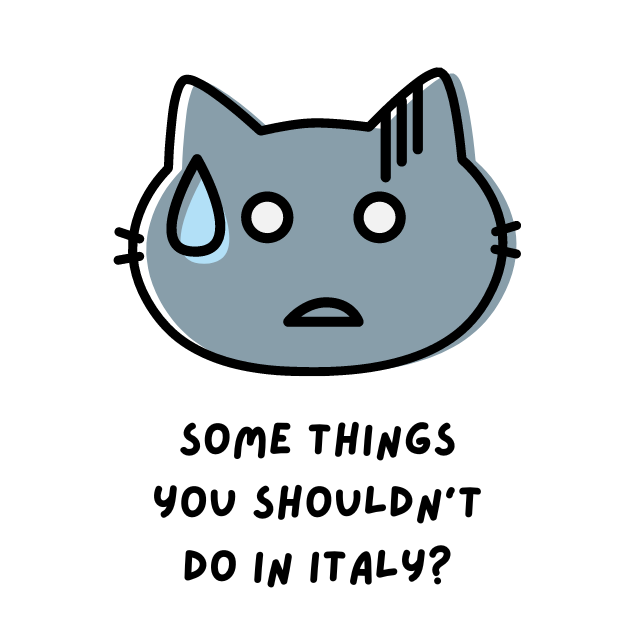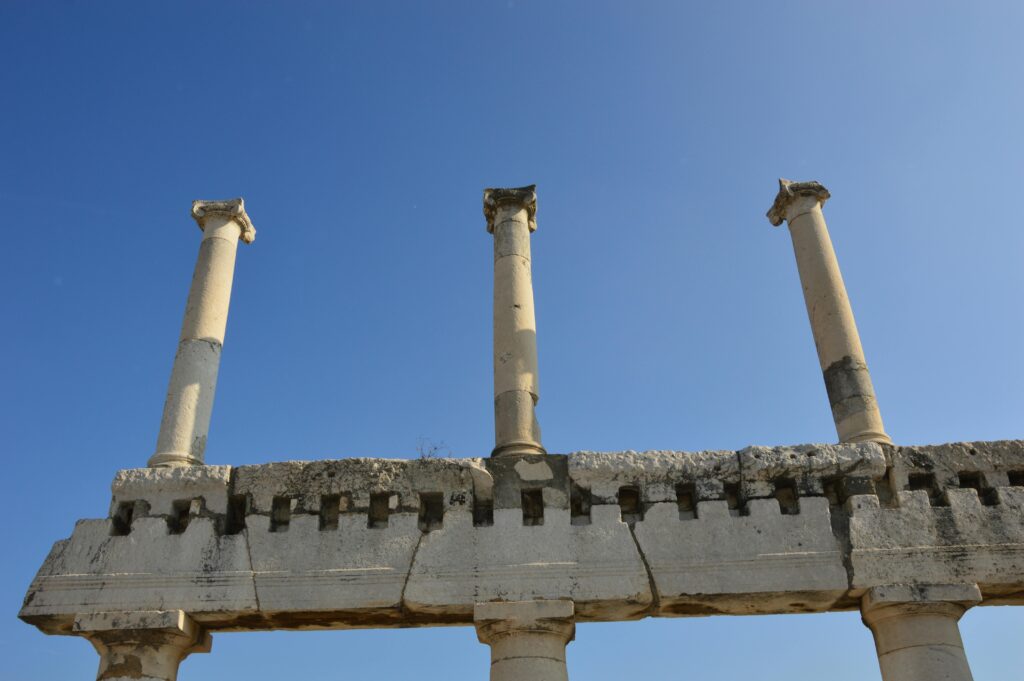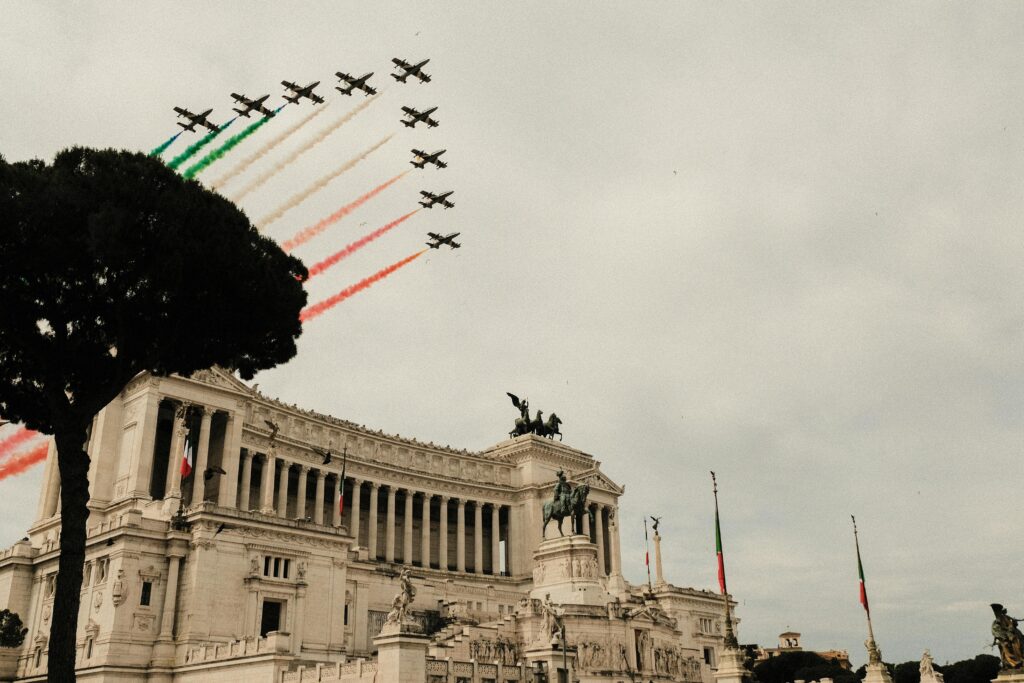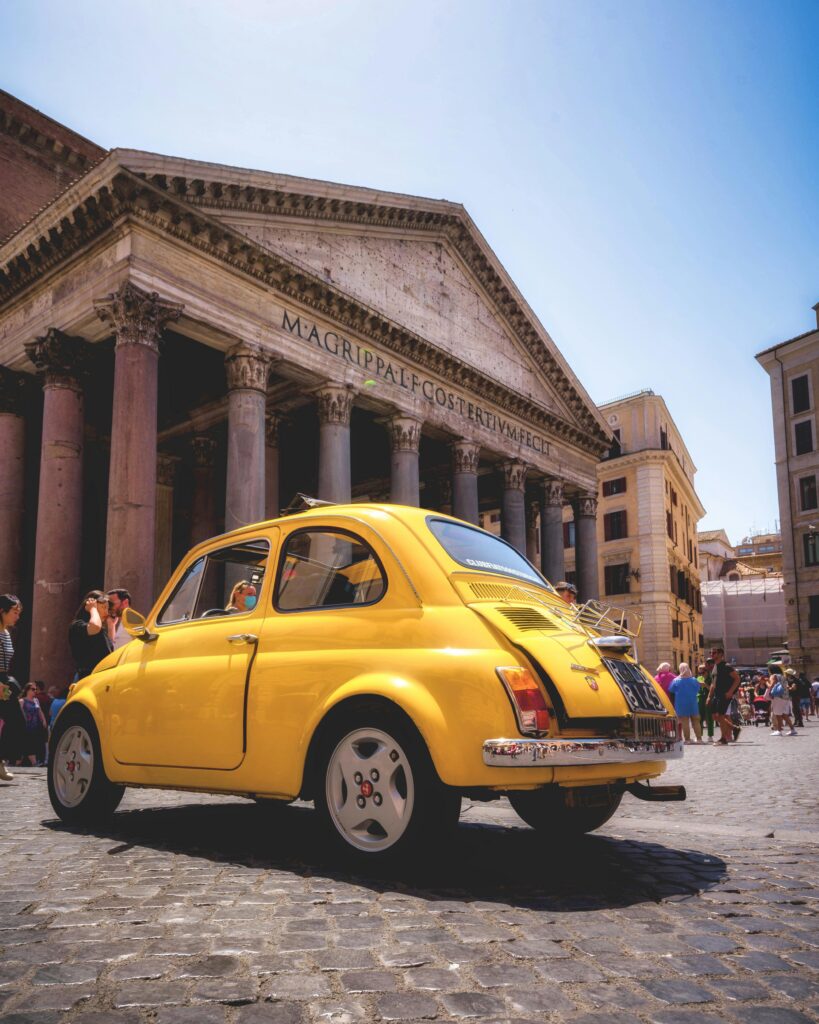When it comes to choosing the best time to travel to Venice, Italy, it is essential to consider the weather, the crowds, and the specific events or festivals that take place during different seasons. Each season has its own charm and offers a distinct experience for visitors.
Thank you for reading this post, don't forget to subscribe!
Spring (March to May)
Spring in Venice is a beautiful time to visit, as the city begins to emerge from the cold winter months. The weather starts to warm up, with average temperatures ranging from 10°C (50°F) to 18°C (64°F). The city is less crowded compared to the peak tourist season, making it an ideal time for those who prefer a more relaxed and peaceful experience.
One of the highlights of spring in Venice is the Carnevale, a world-famous festival that takes place in February or March, depending on the year. During this time, the city comes alive with vibrant costumes, masks, and elaborate parades. It is a truly magical experience to witness the grandeur of the Carnevale in Venice.
Summer (June to August)
Summer is considered the peak tourist season in Venice, with warm temperatures ranging from 20°C (68°F) to 30°C (86°F). The city is bustling with tourists from all over the world, and popular attractions can get crowded. However, the long daylight hours and pleasant weather make it an excellent time to explore the city’s outdoor attractions and enjoy gondola rides along the canals.
If you plan to visit Venice in the summer, it is advisable to book accommodations and attractions well in advance to avoid disappointment. Additionally, be prepared for higher prices during this time, as many hotels and restaurants cater to the influx of tourists.
Fall (September to November)
Autumn in Venice is another great time to visit, as the city experiences milder temperatures ranging from 12°C (54°F) to 20°C (68°F). The crowds start to thin out, making it easier to explore popular attractions such as St. Mark’s Square and the Doge’s Palace without long queues.
One of the highlights of fall in Venice is the Venice International Film Festival, which takes place in late August or early September. This prestigious event attracts filmmakers, celebrities, and film enthusiasts from around the world. It is a fantastic opportunity to experience the glamour of the film industry while enjoying the beauty of Venice.

Winter (December to February)
Winter in Venice is a magical time, as the city takes on a serene and enchanting atmosphere. The temperatures can drop to around 0°C (32°F), and occasional fog adds to the ethereal charm of the canals and historic buildings. While the weather may be cold, the city is less crowded, allowing visitors to explore at a leisurely pace.
One of the highlights of winter in Venice is the Venice Carnival, which takes place in February. This festival is known for its elaborate masks and costumes, and the city comes alive with music, performances, and masquerade balls. It is a unique and unforgettable experience to be a part of the Carnival celebrations in Venice.
In conclusion, Venice offers a unique experience throughout the year, with each season having its own advantages. Whether you prefer the vibrant festivals of spring and winter or the pleasant weather of summer and fall, there is no wrong time to visit this captivating city. Consider your preferences, budget, and the specific events happening during your desired time of travel to make the most of your trip to Venice, Italy.
Visiting Venice in the summer months of June, July, and August can be a double-edged sword. On one hand, the weather is warm and sunny, perfect for enjoying a gondola ride along the canals or lounging at one of the city’s many waterfront cafes. However, these months are also the peak tourist season, which means larger crowds and higher prices. It’s not uncommon to see long lines at popular attractions and difficulty finding available accommodations.
If you’re looking to avoid the crowds and save some money, consider visiting Venice during the winter months of November, December, January, and February. While the temperatures can be chilly, ranging from the high 30s to low 50s Fahrenheit, the city takes on a unique and enchanting atmosphere. The misty canals and fog-covered streets create a romantic ambiance, and you’ll have a better chance of experiencing Venice without the hustle and bustle of tourists. Plus, you might even get the chance to witness the phenomenon of acqua alta, or high water, when the city’s streets flood during exceptionally high tides.
Regardless of the time of year you choose to visit Venice, it’s important to keep in mind that the city is prone to flooding. Acqua alta can occur throughout the year, but it’s more common during the winter months. It’s a good idea to pack waterproof shoes and be prepared for the possibility of navigating through flooded streets. Don’t let this deter you, though, as Venice’s unique beauty and charm are worth experiencing regardless of the weather.
In conclusion, the best months to visit Venice are April, May, June, September, and October, when the weather is pleasant, and the city is buzzing with activity. However, each season offers its own unique experiences and advantages. Whether you choose to visit during the blooming springtime, the quieter fall months, or the misty winter, Venice is sure to captivate you with its timeless beauty and rich history.
If you choose to visit Venice during the shoulder seasons of March, November, and December, you will not only be able to avoid the crowds but also enjoy a more budget-friendly trip. These months offer a unique perspective of the city, allowing you to experience Venice in a quieter and more relaxed atmosphere.
In March, as the weather starts to warm up, you can expect temperatures to range from the high 50s to low 60s Fahrenheit. Although it may be slightly cooler than the peak summer months, this is compensated by shorter lines at popular attractions. Additionally, if you visit in early March, you will have the opportunity to witness the famous Venice Carnival, a vibrant and colorful event that showcases the city’s rich cultural heritage. The Carnival typically takes place in February or early March and is a spectacle not to be missed.
November and December bring cooler temperatures, ranging from the high 40s to low 50s Fahrenheit. While it may be chillier, this is the time when Venice is less crowded, allowing you to enjoy a peaceful stroll along the canals and truly immerse yourself in the city’s charm. As Christmas approaches, Venice transforms into a magical wonderland, with festive decorations adorning the streets and squares. The city prepares for the holiday season, creating a warm and inviting atmosphere that will surely get you into the holiday spirit.
During these shoulder seasons, you can take advantage of lower hotel rates and find better deals on accommodations. This means you can save money without compromising on the quality of your stay. Additionally, restaurants and cafes are less crowded, allowing you to savor the local cuisine at your own pace and without the hustle and bustle of peak tourist season.
In conclusion, if you are looking for a more peaceful and budget-friendly experience in Venice, consider visiting during the shoulder seasons of March, November, and December. You will have the opportunity to explore the city without the crowds, enjoy milder weather, and immerse yourself in the unique atmosphere of Venice during these quieter months. If you decide to visit Venice during the off-peak season of January and February, you will have the opportunity to immerse yourself in the true essence of the city. With fewer tourists around, you can explore the narrow streets and charming canals without feeling overwhelmed by crowds. The colder weather may require you to bundle up, but the advantage of lower hotel rates and less crowded attractions is well worth it.
During January and February, the temperatures in Venice can range from the high 30s to low 50s Fahrenheit. While it may be chilly, this weather can add a touch of romance and tranquility to your visit. Imagine strolling along the canals, wrapped in a warm coat, as you take in the breathtaking beauty of the city.
One of the unique experiences you can have during this time of year is witnessing the phenomenon of Acqua Alta. Venice is known for its high tides, and during certain periods, the water levels can rise significantly, flooding parts of the city. While this may sound inconvenient, it actually creates a surreal and enchanting atmosphere. Wooden walkways, known as “passerelle,” are set up to allow pedestrians to navigate the flooded areas, giving you a chance to experience Venice in a truly extraordinary way.
In addition to the atmospheric charm, visiting Venice in January and February also means you’ll have easier access to the city’s renowned landmarks and attractions. You can explore iconic sites such as St. Mark’s Square, the Doge’s Palace, and the Rialto Bridge without having to contend with long lines or large crowds. This allows you to fully appreciate the architectural wonders and historical significance of these landmarks at your own leisure.
Furthermore, the off-peak season provides an opportunity to engage with the local culture on a deeper level. You can mingle with the Venetians in the local cafes and restaurants, enjoying traditional cuisine and getting a taste of authentic Venetian life. This is also a great time to visit the local markets, where you can find fresh produce, seafood, and other regional specialties.
Overall, visiting Venice in January and February during the off-peak season offers a unique and rewarding experience. From the enchanting Acqua Alta to the quieter streets and easier access to attractions, you’ll have the chance to truly immerse yourself in the magic of this iconic city. So, if you don’t mind the colder weather, embrace the opportunity to explore Venice at your own pace and create memories that will last a lifetime.

Planning Your Visit to Venice
When planning your visit to Venice, it’s important to consider the weather, the crowds, and your personal preferences. Each season offers a unique experience, and it ultimately depends on what you’re looking for in your trip.
Here are some additional tips to make the most of your visit to Venice:
- Book your accommodations well in advance, especially if you’re visiting during the peak months. Venice is a popular tourist destination, and hotels tend to fill up quickly. By booking early, you’ll have a better chance of securing a room in your preferred location and at a reasonable price.
- Take advantage of early morning or late evening hours to explore popular attractions and avoid the crowds. Venice can get quite busy during the day, especially around popular landmarks like St. Mark’s Square and the Rialto Bridge. By visiting early or late, you’ll have a chance to enjoy these iconic sites without the overwhelming crowds.
- Consider purchasing a Venice City Pass, which can provide skip-the-line access to major attractions and discounts on public transportation. This pass can save you time and money, allowing you to make the most of your visit. With skip-the-line access, you won’t have to waste time waiting in long queues, and the discounts on public transportation can help you navigate the city more easily.
- Explore the lesser-known neighborhoods of Venice, such as Cannaregio and Dorsoduro, to experience a more authentic side of the city. While St. Mark’s Square and the Grand Canal are must-see attractions, don’t limit yourself to just the tourist hotspots. Venturing into the lesser-known neighborhoods will give you a glimpse into the local way of life and allow you to discover hidden gems off the beaten path.
- Indulge in the local cuisine, including fresh seafood, traditional cicchetti (small plates), and a glass of Prosecco. Venice is known for its delicious food and drink, and trying the local specialties is a must. From enjoying a plate of freshly caught seafood at a waterfront restaurant to hopping between bacari (small bars) to sample cicchetti and sipping on a glass of Prosecco, the culinary delights of Venice are sure to tantalize your taste buds.
Remember, no matter when you choose to visit Venice, you’ll be captivated by its beauty, history, and unique charm. Whether you’re exploring the iconic landmarks or getting lost in the labyrinthine streets, Venice promises an unforgettable travel experience.
Photo credit: John Doe
When it comes to the weather in Venice, it’s important to note that the city experiences a humid subtropical climate. Summers can be hot and humid, with temperatures often reaching the high 80s Fahrenheit (around 30 degrees Celsius). This is also the peak tourist season, so expect larger crowds and higher prices. Spring and fall offer more pleasant weather, with temperatures ranging from the 50s to 70s Fahrenheit (around 10 to 20 degrees Celsius). These seasons are ideal for exploring the city on foot and enjoying outdoor activities. Winter in Venice can be cold, with temperatures dropping to the 30s Fahrenheit (around 0 degrees Celsius). However, this is the least crowded time of year, and you’ll have a chance to see the city in a more tranquil state. Just be prepared for the possibility of acqua alta, or high tides, which can flood certain areas of the city.
When planning your visit, it’s also worth considering the cultural events and festivals that take place in Venice throughout the year. One of the most famous events is the Venice Carnival, which usually takes place in February. During this time, the city comes alive with masked balls, parades, and various festivities. It’s a truly magical experience, and if you’re interested in participating, be sure to book your accommodations well in advance. Another popular event is the Venice Biennale, an art exhibition that occurs every two years from May to November. This prestigious event showcases contemporary art from around the world and attracts art enthusiasts and professionals from all corners of the globe.
As you plan your visit to Venice, don’t forget to familiarize yourself with the city’s transportation system. Venice is a pedestrian-friendly city, and the best way to get around is on foot. However, if you need to travel longer distances or want to explore the nearby islands, vaporettos (water buses) are the way to go. These public boats operate on various routes and can take you to popular destinations like Murano, Burano, and Lido. You can purchase single tickets or multi-day passes, depending on the duration of your stay. Gondolas are another iconic mode of transportation in Venice, but they are more expensive and mainly used for romantic rides or special occasions.
Lastly, it’s important to be respectful of the local culture and customs while visiting Venice. The city is home to a vibrant community of residents, and it’s essential to be mindful of their daily lives. Avoid excessive noise, especially during the early morning and late evening hours, as this can disturb the locals. Additionally, be conscious of the impact of tourism on the city’s infrastructure and environment. Venice is a delicate ecosystem, and measures are being taken to preserve its unique heritage. Help in this effort by disposing of your waste properly, using public transportation instead of private vehicles, and supporting local businesses.
With careful planning and an open mind, your visit to Venice is sure to be a memorable one. From the stunning architecture and art to the picturesque canals and romantic atmosphere, Venice offers a truly enchanting experience. So pack your bags, prepare your camera, and get ready to immerse yourself in the beauty of the Floating City.
 Categories
Categories
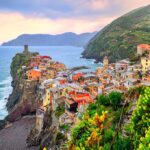 Discover Italy
Discover Italy
 Life
Life
 Travel
Travel
 Nature
Nature
 Explore Food
Explore Food
